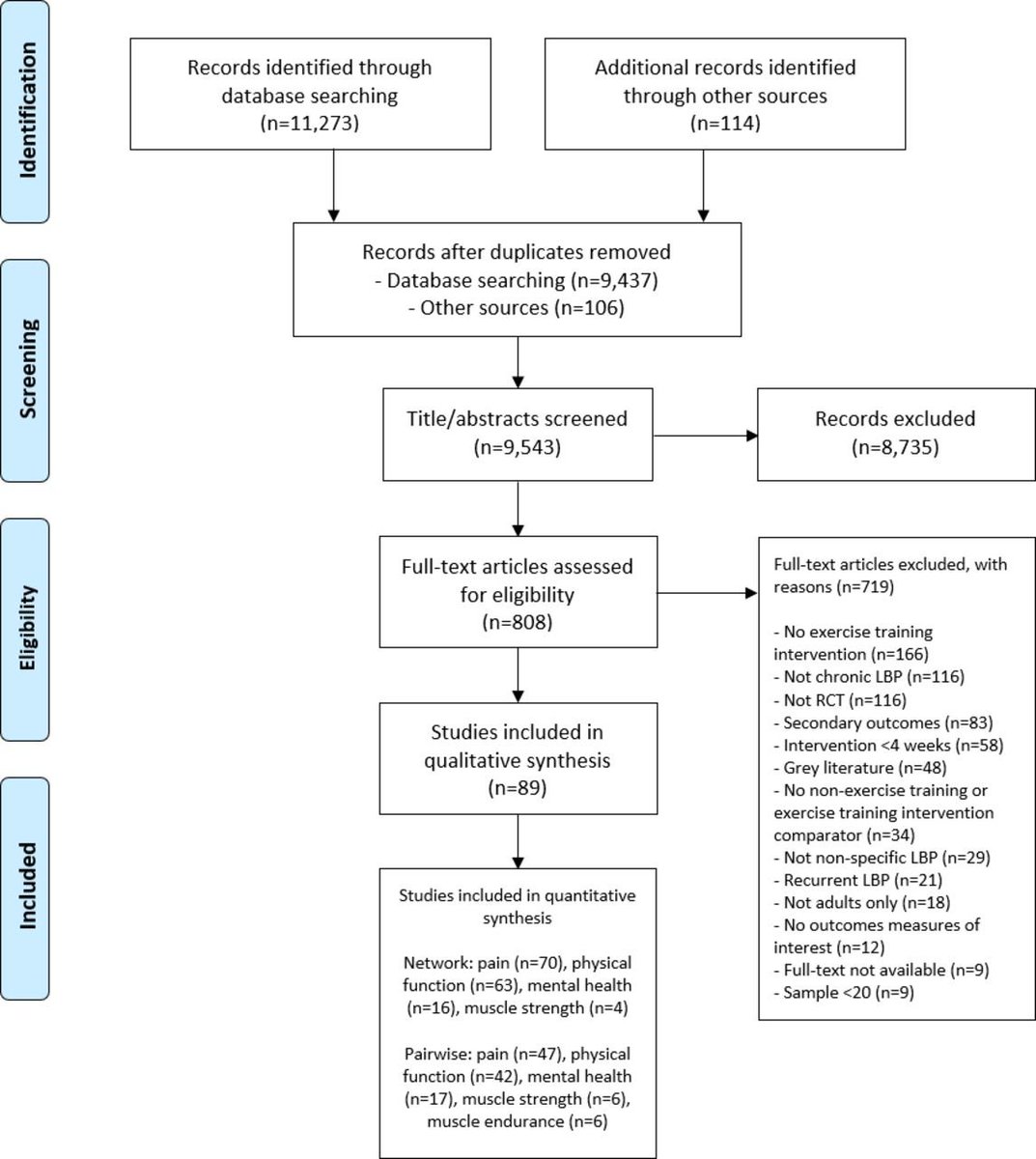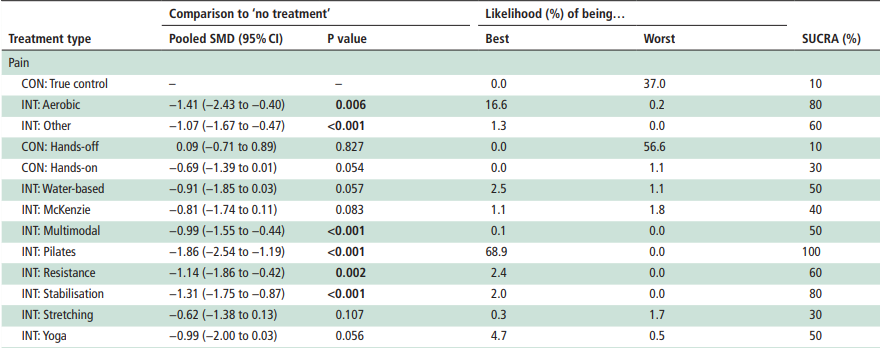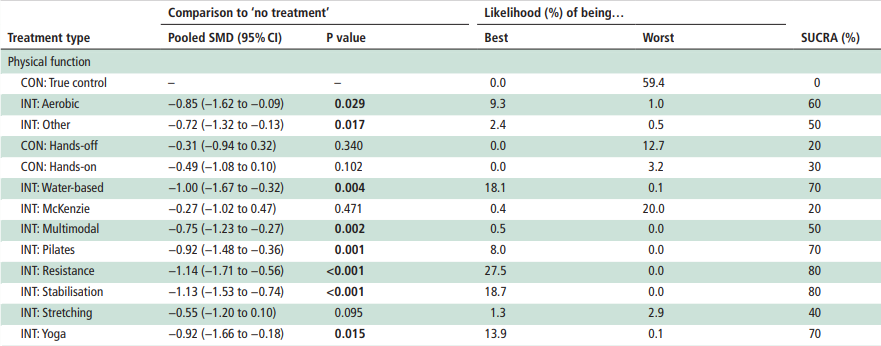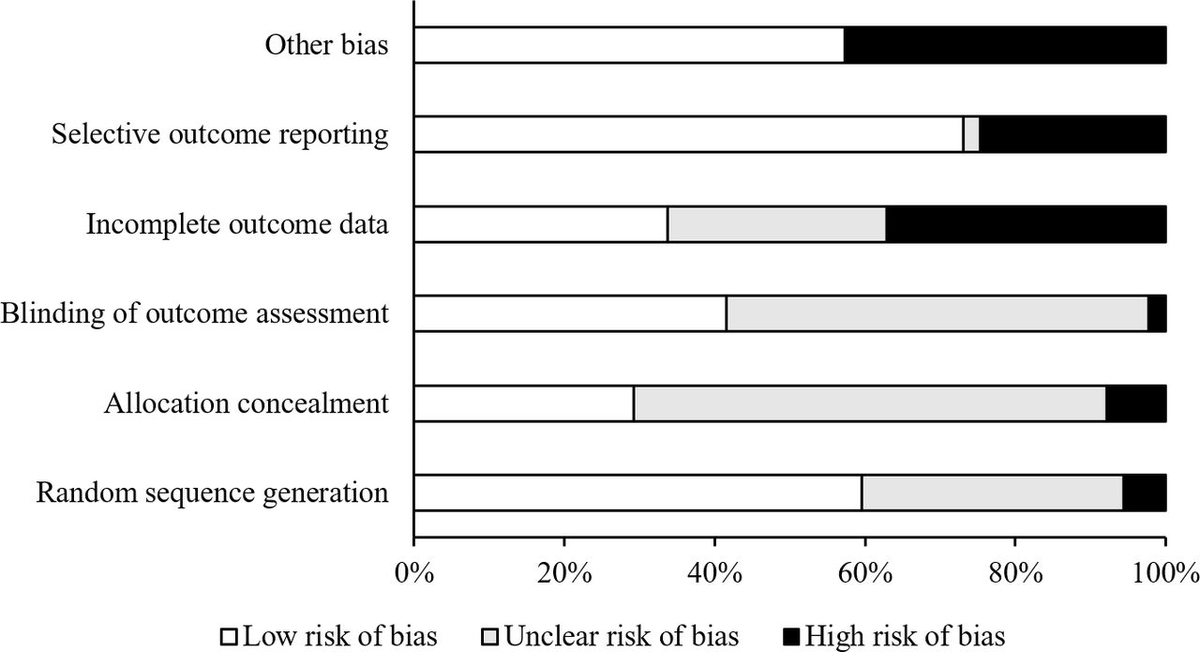🧵Thread: 1/24 (inspired by @MarinusWinters🙏 #MyFirstThread)
//@DeakinIPAN @MSKAust @AcademicChatter #AcademicTwitter #phdchat #ecrchat
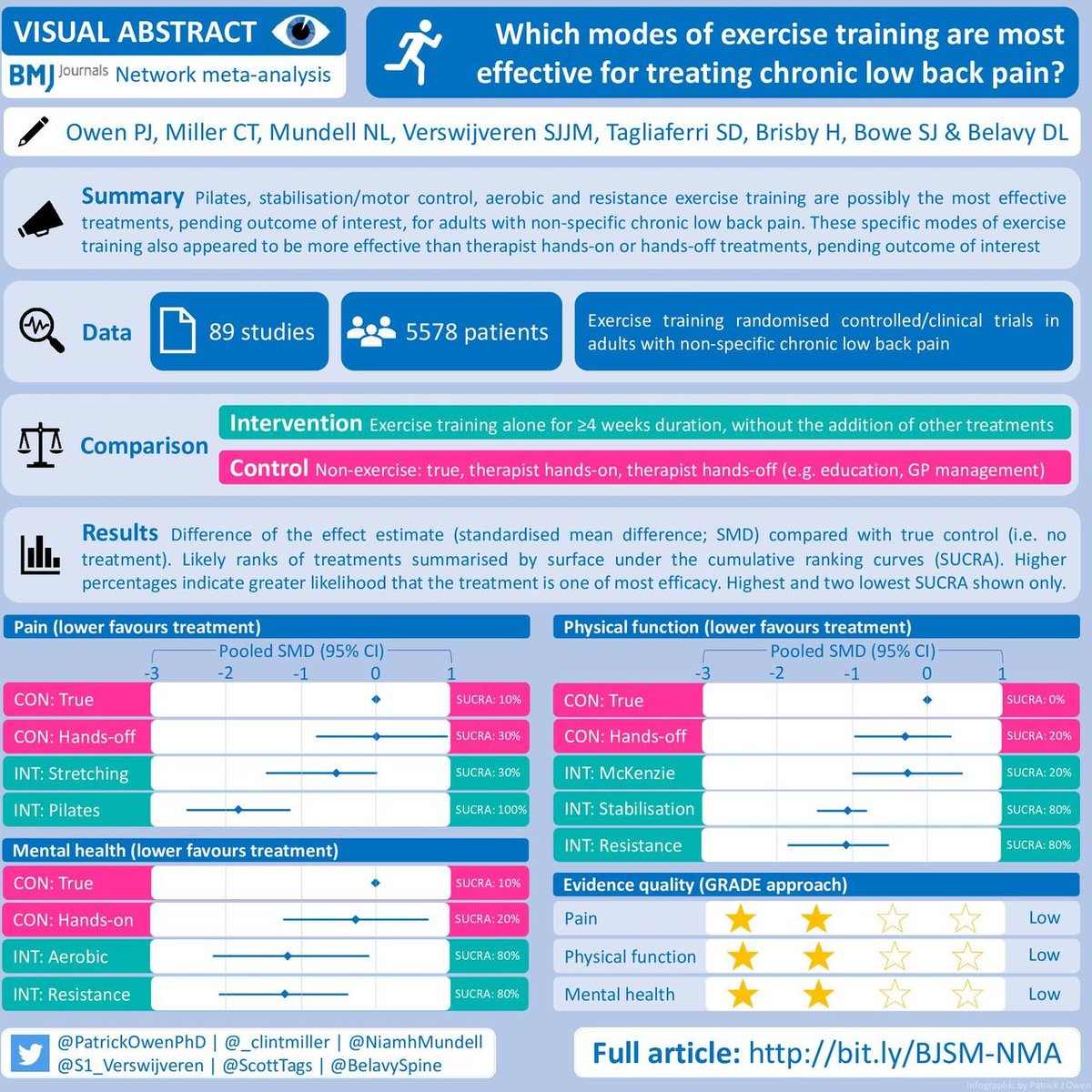

2/24
3/24
It generates the greatest proportion of economic burden due to back pain: pubmed.ncbi.nlm.nih.gov/11987929/
It affects 20% of the global population: pubmed.ncbi.nlm.nih.gov/22231424/
4/24
5/24
6/24
7/24
8/24
9/24

12/24
18/24
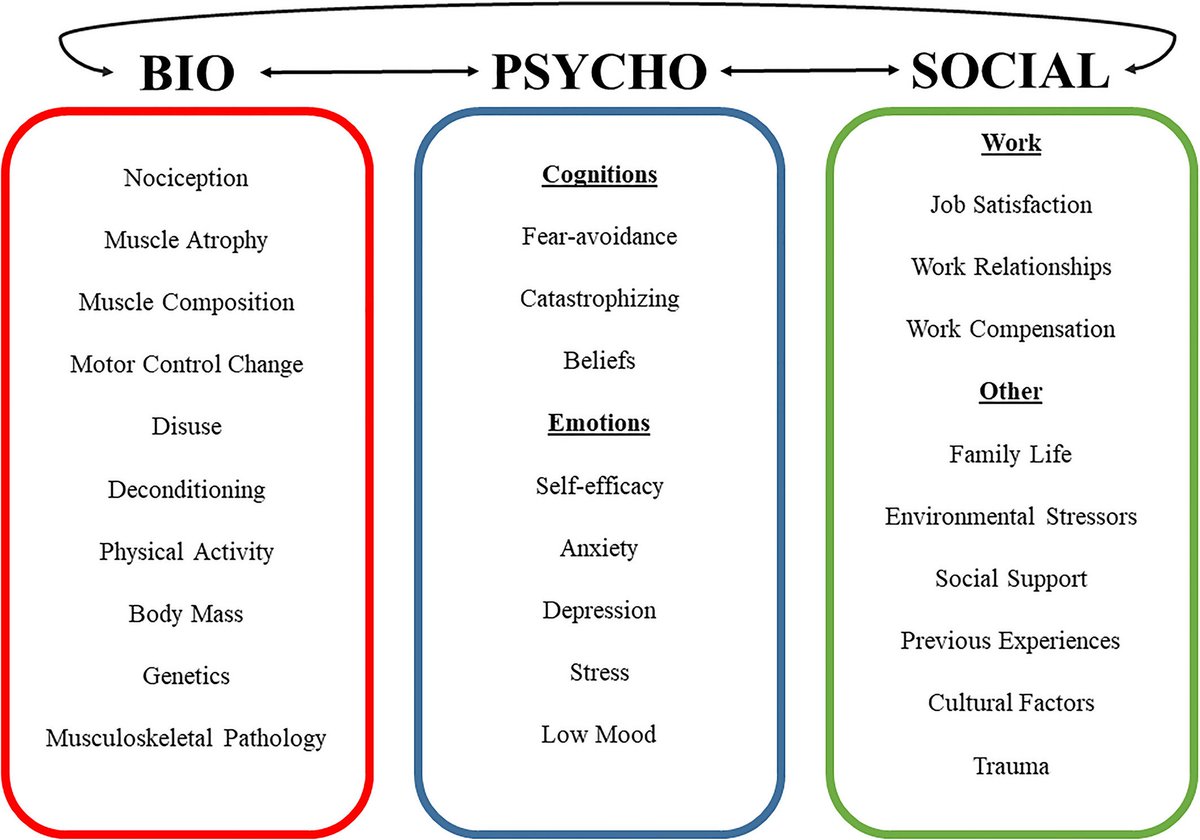
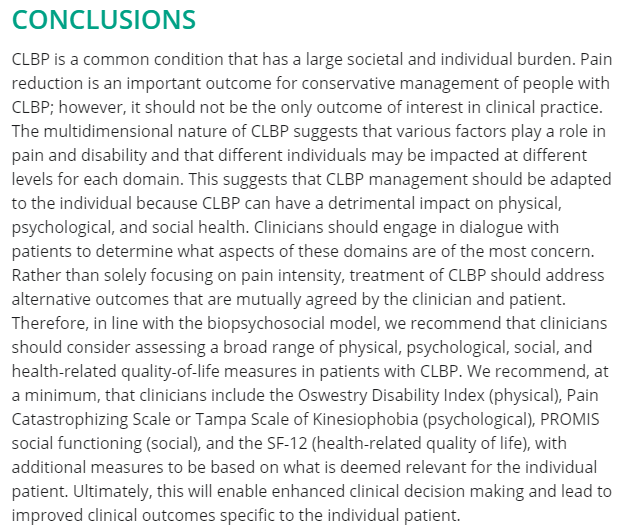
19/24
20/24
21/24
22/24
23/24
24/24


